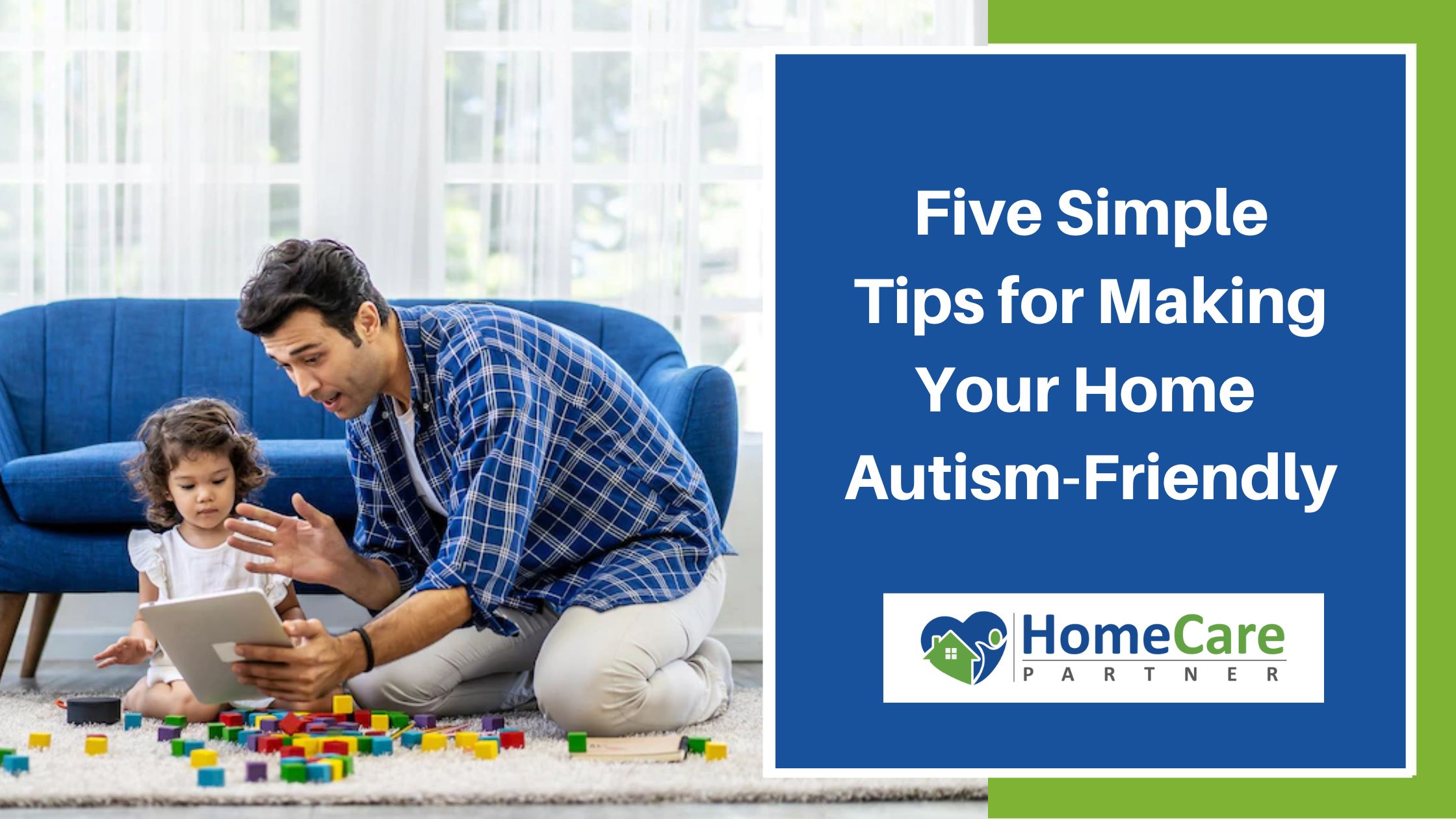


Autism Spectrum Disorder (ASD), which is also known as autism, in short, is a developmental disability with diverse conditions and is integrally related to brain development. According to the data from the Centers for Disease Control and Prevention (CDC), in America, approximately 1 in 44 children is identified and diagnosed with ASD annually. Autism can have a significant impact on the lifestyle, individual development, and social connections of the child.
For children on the autism spectrum, triggering sensory overload can be a recurring possibility. This may lead to physical reactions, frustration, anger, confusion, tantrums, or other kinds of behavioral issues. Kids might face these challenges at school, social or cultural events, or even at home. It is at home that an autistic child is more likely to feel the most comfortable, relaxed, and safe.
However, keeping in mind that kids with ASD are highly sensitive to various stimuli, including loud sounds, lights, crowds, and changes to their normal routine, parents of autistic children need to be extra careful in making the home a haven for their kids. Therefore, working on the home settings is important.
Developing an environment where a child can feel safe is an important factor in addressing ASD.
Creating a home where your child can feel relaxed and happy requires minimal effort and expenses.
Here are five simple and easy-to-follow tips on how to help make your home autism-friendly:
Sensory overloading in children with ADS is extremely common. For some kids, bold and bright colors might pose a huge problem. From the wall colors to the color of the curtains, upholstery shades, and home décor colors, making sure to choose soothing and soft colors that do not overburden the senses is key. Dark shades might irritate kids with ASD. Instead, light, neutral, or pastel colors are the preferred choices. These shades are soothing and pleasant for the eyes.
Having proper light inside is necessary for a home with autistic kids. If you have a child with sensory challenges, refrain from using fluorescent and bright lighting in your home. You must also make sure that there are no colorful lights or neon lights in your home. Kids with ASD find fluorescent lights and rapid-moving lights to be extremely uncomfortable. Using simple and soothing LED or CFL lights is the best solution.
Whether your kid suffers from ASD or not, children need alone time and downtime. Children with autism often require some time to regroup their thoughts, particularly when they are extremely agitated or irritated. Having a private and comfortable space in the home gives them a safety net – a comfortable place to escape when they are in a difficult situation or when they are trying to figure out their emotions. Allow your child to have their personal space, though it is important to check in with them occasionally.
A predictable routine with simple and clear instructions is very helpful and comforting for kids with ASD. It is even better if the schedule or the routine can be put into some kind of visual format. Incorporating these types of daily reminders will help both the child and other family members to understand what is expected. This also helps to streamline regular work for children with ASD.
Now that you know how you can make your home autism-friendly, there may be times when you need home care assistance for your child with autism. Many agencies offer such services for kids and adults with special needs. Home Care Partner offers high-quality care for your child right in the comfort of your own home. Our certified, highly trained, and experienced caregivers understand how to help children suffering from ASD.
From taking care of their daily chores to helping them in their studies and other activities, our caregivers are committed to providing the best services to your child.
Contact us at Home Care Partner for more information on how we provide the best home care assistance for your little one.

Home Care Partner wants you to be confident in choosing us. We want to show that our care is unmatched!

Get 20% OFF a week's worth of care!
We want to show you that our care is unmatched.